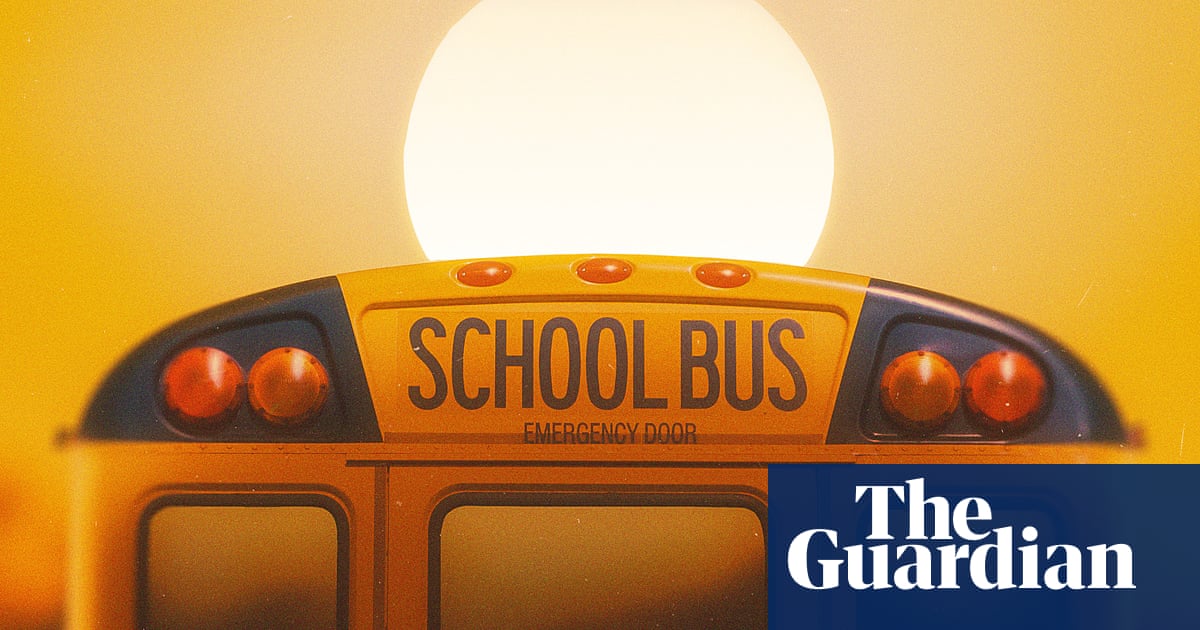
"As schools are returning to session following one of the hottest summers ever recorded, districts are faced with a new problem: how to handle increasingly extreme heatwaves, both in and outside the classroom. Unbearably hot days are no longer just a summer problem. In the US districts from the north-east to the mountain west to the deep south are shortening days, delaying openings, and reworking calendars as temperatures spike during August and September, the typical back-to-school months."
"A handful of potential methods for protecting students from extreme temperatures have been put forward, including modernizing HVAC systems, creating more shade on playgrounds, swapping their blacktop surfaces for grass and, perhaps most provocatively, reworking school calendars. There's even some talk of replacing summer vacation with a spring or fall break, if schools can be kept cool enough, when homes for some students may be hotter. School schedules are already beginning to shift."
Schools across the United States are altering schedules and operations as extreme heat increasingly affects August and September. Districts are shortening days, delaying openings, and reworking calendars to reduce student exposure to high temperatures. Proposed measures include modernizing HVAC systems, increasing shade on playgrounds, replacing blacktop with grass, and shifting vacation timing toward spring or fall. Several districts and cities have already adjusted activities or dismissed students early during recent heat events. Even traditionally cold regions have issued heat advisories. Experts view calendar changes as one technique among infrastructure and site design interventions to protect student health and learning.
Read at www.theguardian.com
Unable to calculate read time
Collection
[
|
...
]